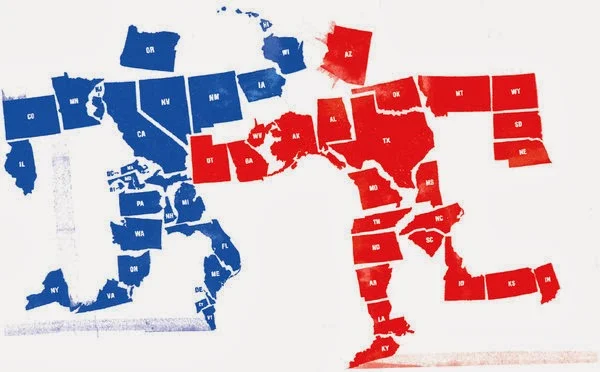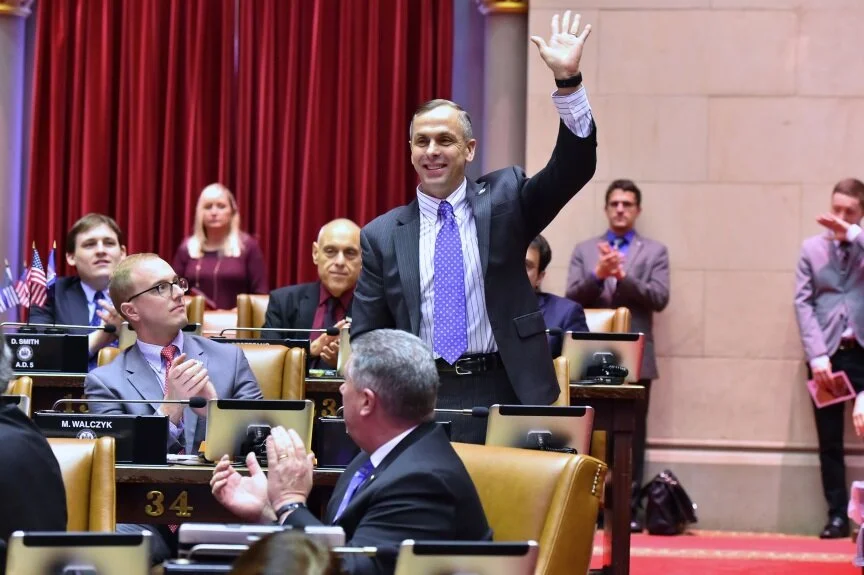Explaining New York's Proposed Substantial Equivalency Regulations By Phillip Howard
Substantial equivalency is a current effort by the New York state education system to hold non-public schools more accountable for curriculum. This proposed set of regulations seek to align curriculum by nonpublic schools, such as those ran by religious organizations, with that at public schools.
The regulations establish that superintendents of public schools and nonpublic school administrators have a collaborative relationship in making sure the nonpublic school is in compliance. For instance, the superintendent of the public school is to review the curriculum of the nonpublic school. If the curriculum is equivalent, the superintendent would issue a report concluding compliance.
If not, the superintendent and the administrator of the nonpublic school would meet and discuss ways to bring the nonpublic school in compliance. If the nonpublic school fails or refuses to meet these new expectations, students attending the nonpublic option can be held truant, and all services provided by the nonpublic school are to cease if parents do not seek alternatives within a predetermined amount of time.
Photo by Steve Remich/Wall Street Journal
The issue of substantial equivalency is relatively new, though the consequences can be traced to first compulsory attendance law in New York in 1897. The issue become more prominent after a 2017 study by Yaffed that found that children coming out of Jewish day schools in New York City were barely literate in English, had underperforming math scores, little to no understanding of American history, and were not equipped with the tools necessary to be active in the democratic process.
Substantial equivalency regulations were proposed at the time, but the New York State Association of Independent Schools (NYSAIS) won a case in which they claimed the state did not provide a proper public comment period on the proposed regulations. The new regulations proposed are meant to meet the requirements established by the 2017 case.
Critics have raised constitutional concerns, including freedom of speech, questioned the necessity of the regulations. For instance, Andi O’Hearn, the head of advancement and operations at the Ross School in East Hampton, NY, believes the regulations are unnecessary.
“We undergo evaluations that are very arduous and thorough with a visiting team that makes sure we are educating kids to minimum standards, though we believe that we are going beyond the standards,” O’Hearn said, referring to inspections done by both the aforementioned NYSAIS and the Middle States Association for International Accreditation.
Photo by The Buffalo News
MaryEllen Elia, the former commissioner of education, testified earlier this year that the regulations were needed because nonpublic schools provided “only limited secular education and were failing to meet the ‘substantial equivalence’ standard mandated by state law.”
Betty A. Rosa, the Board of Regents chancellor, further stated that substantial equivalency was needed because “every child in New York State is entitled to a high-quality education” as the state remains “steadfast in its commitment that all New York’s children leave school with the knowledge they need to succeed in life.”
Others, including members of the New State Assembly, have questioned whether compelling public school superintendents to review nonpublic school curriculum is a good use of their time. Assemblyman John McDonald, for instance, believes this would cause “considerable strain on already limited time and resources,” preferring instead the use of a panel of NYSED-approved accreditation agencies to supervise nonpublic schools.
The comment period on substantial equivalency ended this month. The issue is expected to be taken up at NYSED’s fall 2019 meeting.
Phillip Howard is a graduate student at Utica College







